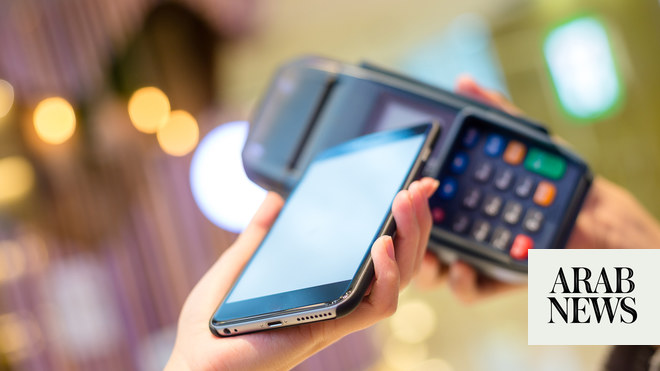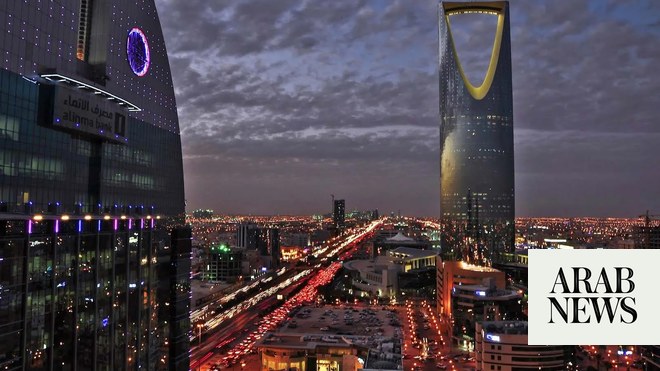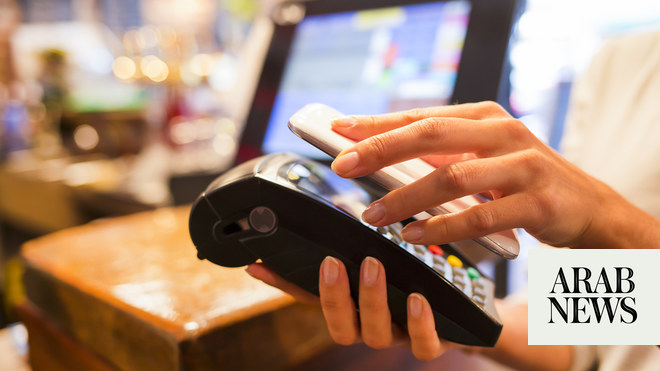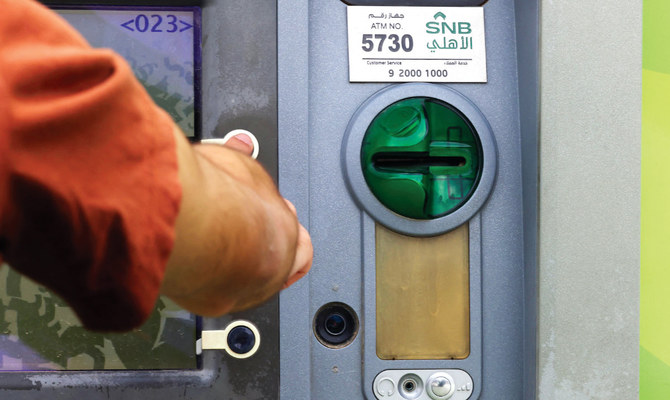
30% of POS spending was allocated to beverages, food, restaurants and cafes, amounting to SR15.73 billion
SAMA’s June data revealed a 30.14% decline in POS spending on sectors like education
RIYADH: Saudi Arabia’s point-of-sales spending reached around SR52.76 billion ($14.05 billion) in June, registering a 1.75 percent rise compared to the same month last year, the latest data revealed.
Figures from the Saudi Central Bank, known as SAMA, reported that 30 percent of POS spending during this period — amounting to SR15.73 billion — was allocated to beverages, food, restaurants and cafes, reflecting a 0.32 percent increase.
An additional 13 percent, or SR6.77 billion, was spent on miscellaneous goods and services, including personal care, supplies, maintenance and cleaning, marking the highest growth rate among other sectors at 23 percent.
The share of retail consumer electronic payments in Saudi Arabia increased to 70 percent of total transactions in 2023, up from 62 percent the previous year, according to a report by SAMA earlier this year.
This growth, driven by a rise in transactions processed through national payment systems, aligns with the Financial Sector Development Program, a key part of Saudi Vision 2030, which aims to diversify and enhance the financial services sector.
Data further revealed that spending on clothing and footwear accounted for 7.26 percent, or SR3.83 billion, representing a 6.87 percent decrease compared to June last year.
Health-related spending made up 6 percent of total POS sales in June, totaling SR3.17 billion, though this category saw a slight 0.18 percent decline year-on-year.
Meanwhile, SR3.01 billion, or 5.71 percent, was spent on transportation, showing a 5.24 percent annual increase.
SAMA’s June data also revealed a 30.14 percent decline in POS spending on sectors like education, a significant factor contributing to the overall downward pressure on total POS sales during this period.
Historical figures showed that educational spending tends to fluctuate significantly from month to month, with some periods seeing sharp increases while others experiencing declines.
This variability can be due to several reasons, including fewer educational activities, events, or programs during certain months, and a reduction in summer courses, workshops, or tutoring sessions.
Additionally, changes in the academic calendar, such as an earlier end to the school year, can lessen the need for educational spending in June, as schools may have completed their sessions or major fee payments earlier in the year.
The growing use of digital payment methods may mean that POS data does not fully capture educational expenditures, leading to a lower reported figure for education spending during this period.
Other sectors that exhibited seasonal variability include clothing and footwear, as well as electronic and electric devices.
The drop in POS sales for these categories in June can be attributed to several factors. Consumers often delay clothing and footwear purchases until end-of-season sales, and changes in weather, along with the timing of back-to-school shopping, further influence spending.
For electronics, the lack of major product releases and market saturation from earlier promotions also contribute to the reduced sales during this time.
Based on SAMA data, Riyadh, led in POS sales distribution in June with 32 percent, reaching about SR17.1 billion, followed by Jeddah, which accounted for 14 percent, totaling SR7.32 billion.
Due to its status as the capital and largest city of Saudi Arabia, serving as a major economic hub, Riyadh hosts a significant concentration of businesses, government offices and retail establishments, attracting a large population and high consumer spending.
Riyadh’s diverse and affluent population also contributes to robust retail activity, making it a leading city in POS sales.












